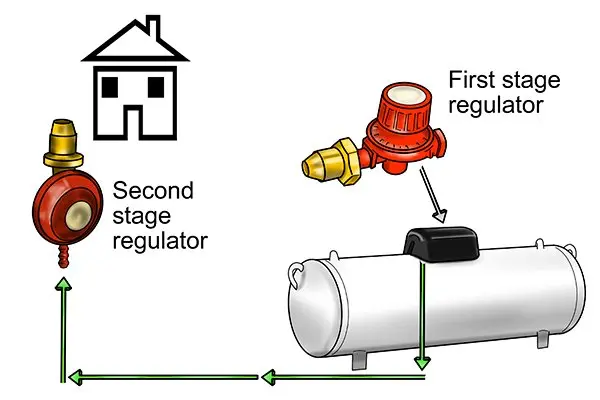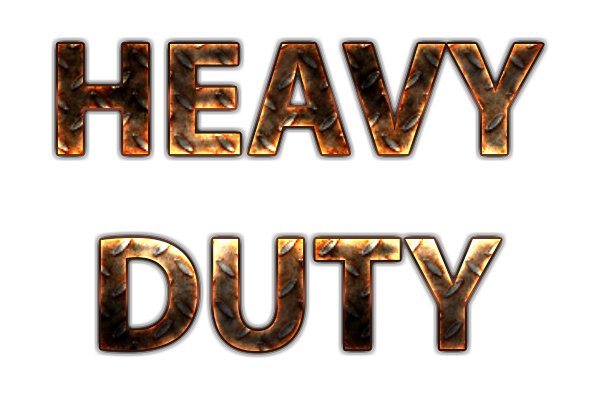
Why do you sometimes need more than one gas regulator?
Содержание
| For larger gas installations, one regulator is not usually enough on its own. The gas pressure might have to be regulated in two or three stages, especially for household LPG tanks where the gas may have to travel a long way through pipes to reach the house. | |
Single stage gas regulator | |
 | A single stage regulator is one that does the whole job of lowering the gas pressure coming out of the cylinder to the correct level for the appliance, without relying on a second regulator further down the line. This type of regulator is used for small appliances such as barbecues, patio heaters and camping stoves, and is directly connected to the cylinder. |
First and second stage gas regulators | |
 | A first stage regulator is used to control the supply of propane on bigger installations such as large household heating tanks. The first regulator is connected to the LPG tank and lowers the pressure to a suitable level for transmitting through the pipework. This is usually 750mbar. The second regulator, situated close to the house, then brings the pressure down further until it’s at the correct pressure for the connected appliances – normally 37mbar. |
Third stage gas regulator | |
 | Three-stage systems are becoming increasingly popular. These incorporate a first and second stage regulator (or a twin stage regulator) mounted on the LPG tank. This lowers the pressure to a safer 75mbar for transmission through pipework. The third stage regulator reduces the pressure at the property to the usual operating pressure of 37mbar. |
Second and third stage – what’s the difference? | |
 | The third stage gas regulator is similar to the second stage in that it reduces the pressure to 37mbar. However, it’s usually bigger because it needs to maintain the flow rate with a lower input pressure of 75mbar (as opposed to 750mbar with the second stage regulator). This requires more force. |
Twin stage gas regulator | |
 | A twin stage, also called an integral two-stage, regulator is normally used when there is only a short distance between the gas cylinder and the appliance. It consists of both a first stage and a second stage regulator that are housed together in one casing. The first stage brings the pressure down to a set point, then the second stage lowers it further to appliance level. |

